Are non-fungible tokens the future of art? The price was a new high for an artwork that exists only digitally, beating records for physical paintings by greats like Turner, Seurat and Goya. The virtual auctioneer's jaw dropped to the floor as he banged his hammer. Everydays: The First 5000 Days, a digital artwork by the American artist Mike Winkelmann (known as Beeple) was sold yesterday for a record-smashing £49,614,815. Beeple’s work was sold as a non-fungible token (now generally known as an NFT). A what? A non-fungible token is a unique piece of code stored on a database called a blockchain. (Bitcoin uses blockchain as well). The main point of it is that it is impossible to copy. So if you own it you can sell it – and it can be worth a lot of money. NFTs have gained enormous ground in the past month. A basketball fan spent £148,817 to purchase a clip of player LeBron James. Animator Chris Torres peddled a new version of Nyan Cat — a meme of a flying, rainbow-discharging cat with a Pop-Tart body — for £430,000. And musician Grimes made £4.3m auctioning her artworks, which sold out in 20 minutes. Yesterday’s auction suggests that NFTs possess a similar value to traditional, non-digital artworks. “It is very, very valuable because of who is behind it”, claims collector Pablo Rodriguez-Fraile. History might be on the side of the NFTs. Our idea of art is constantly expanding. In the past century, countless new media — collage, abstract painting, textiles, installations, photography, film, sound art, performance — have become uncontroversial parts of museum collections. Digital art is next, and NFTs provide a valuable way to purchase, collect and archive it. Besides, artistic value emerges over time. When Turner painted his Slave Ship in 1840, angry critics called it “a tortoise-shell cat having a fit in a platter of tomatoes” and a product of “the imbecility of old age.” Others are less sure that NFTs have a future. For one, they are environmentally damaging. The electricity expected on a single NFT transaction is equivalent to an EU resident’s power consumption over four days. And they might be a passing fad: Guardian technology editor Alex Hern calls the rapid escalation a “dumb speculative bubble.” The cash value of an artwork usually depends on its authenticity: the guarantee that it was created by a particular artist. A forged painting will never be the same as the original, and worth significantly less. A digital artwork can be endlessly, identically duplicated. What is the true worth of a £430,000 Nyan Cat when millions of free Nyan Cats are circulated everyday? “It's incredibly unclear,” writes Hern, “what the benefits actually are.” NFTs do not give their owners exclusive use of a work. The artworks’ creator usually retains intellectual property. “The point of owning a piece of art,” says the digital artist v buckenham, “is to look at it and enjoy it — and buying an NFT doesn’t help you to do that.” So are non-fungible tokens the future of art? Boom and bust Obviously, say some: the £50m sale speaks for itself. Markets are based on an agreement over what an item is worth, and the relevant people clearly believe NFTs possess a real value. They solve the question of how to trade and protect digital art. And art moves with technology and the times. Steady on, say others. NFTs are enjoying a moment of commercial success, but the bubble might burst and the novelty might fade. Although NFTs offer some kind of authenticity for digital art, they fail to guarantee that artwork will retain its value after reproduction. KeywordsNon-fungible - Impossible to replace with something similar.
Are non-fungible tokens the future of art? The price was a new high for an artwork that exists only digitally, beating records for physical paintings by greats like Turner, Seurat and Goya.
Boom and bust
Bidder pays 50m for unique string of code

Glossary
Non-fungible - Impossible to replace with something similar.
